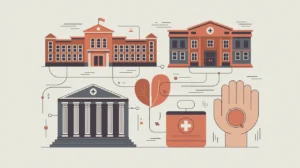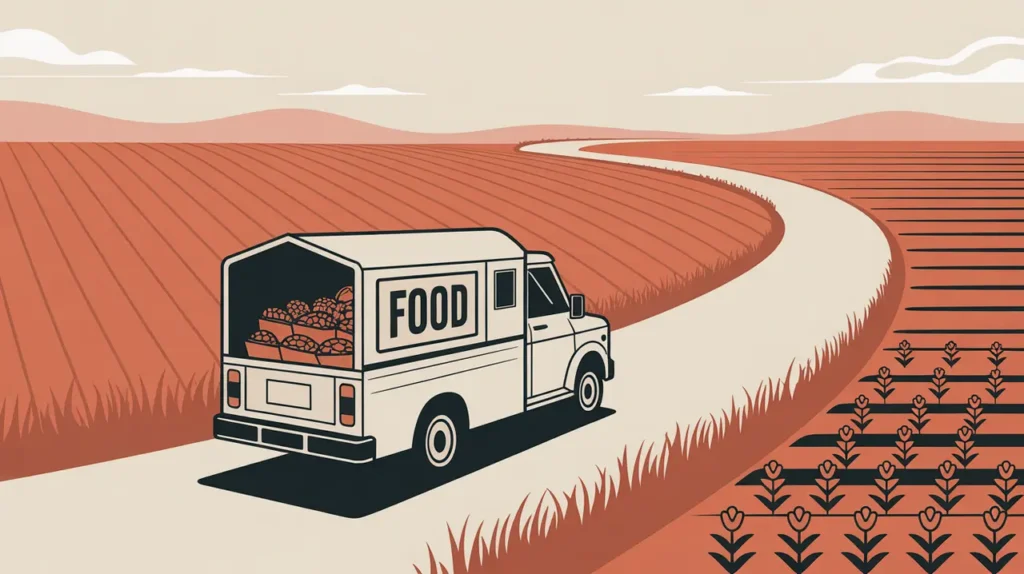Importance of Voucher / Subsidy Models
Voucher and subsidy models expand access by lowering or removing the cost barrier for individuals to use essential goods and services. They matter because affordability often determines whether marginalized populations can benefit from innovations in health, education, energy, or food systems. By channeling purchasing power directly to users, these models enhance choice, equity, and demand-driven accountability.
Definition and Features
Voucher and subsidy models are delivery approaches where external funding partially or fully offsets the cost of services for targeted groups. Their defining features include:
- Affordability Focus – reduces or eliminates out-of-pocket costs for beneficiaries.
- Targeting Mechanisms – often directed to specific populations such as low-income households or vulnerable groups.
- Demand-Side Financing – empowers individuals to choose providers rather than assigning them.
- Flexibility – can apply to health care, education, food security, or clean energy access.
- Market Stimulation – supports providers by increasing demand through subsidized purchasing.
How this Works in Practice
In practice, vouchers might cover school fees for disadvantaged children, subsidize agricultural inputs for smallholder farmers, or reduce the cost of health services through targeted insurance schemes. Food stamps, energy subsidies, and digital learning vouchers are further examples. Challenges include risks of leakage or misuse, administrative complexity, and ensuring subsidies reach intended beneficiaries without distorting markets.
Implications for Social Innovation
Voucher and subsidy models contribute to social innovation by aligning social goals with individual choice and affordability. For practitioners, they open pathways to reach populations that might otherwise be excluded. For funders and policymakers, they provide a tool to bridge equity gaps while stimulating local service markets. Voucher and subsidy approaches can translate resources into real opportunities for people to access and benefit from innovation.







